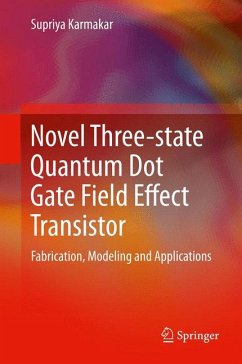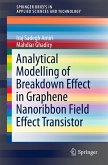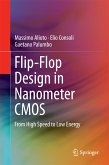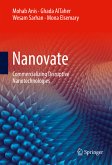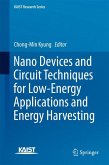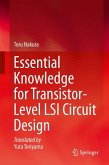The book presents the fabrication and circuit modeling of quantum dot gate field effect transistor (QDGFET) and quantum dot gate NMOS inverter (QDNMOS inverter). It also introduces the development of a circuit model of QDGFET based on Berkley Short Channel IGFET model (BSIM). Different ternary logic circuits based on QDGFET are also investigated in this book. Advanced circuit such as three-bit and six bit analog-to-digital converter (ADC) and digital-to-analog converter (DAC) were also simulated.
Dieser Download kann aus rechtlichen Gründen nur mit Rechnungsadresse in A, B, BG, CY, CZ, D, DK, EW, E, FIN, F, GR, HR, H, IRL, I, LT, L, LR, M, NL, PL, P, R, S, SLO, SK ausgeliefert werden.

